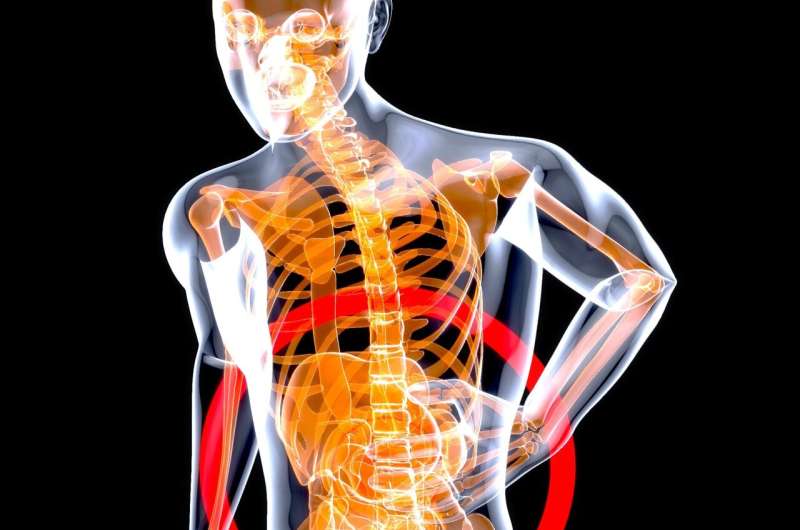This article has been reviewed according to Science X's editorial process and policies. Editors have highlighted the following attributes while ensuring the content's credibility:
fact-checked
peer-reviewed publication
proofread
Study reveals new insights into human gut-brain connection

A pioneering study conducted by researchers at the Laureate Institute for Brain Research (LIBR) in Tulsa, Okla., has made significant strides in understanding the elusive gut-brain connection, a complex relationship that has long puzzled scientists due to the difficulty of accessing the body's interior. The study, "Parieto-occipital ERP indicators of gut mechanosensation in humans," appears in Nature Communications.
The research team successfully had participants swallow a minimally invasive vibrating capsule to measure neural responses during gastrointestinal stimulation, providing a novel approach to study this intricate connection. The capsule was developed by Vibrant Ltd. Participants in the study included healthy adult male and female volunteers ages 18-40.
The researchers found that the volunteers were able to sense the stimulation of the vibrating capsule under two conditions: normal and enhanced. The enhanced stimulation condition led to improved perceptual accuracy, faster detection of the stimulation, and reduced variability in reaction time, indicating potential for studying this method in different clinical populations. This is a significant breakthrough as it demonstrates the feasibility of this novel approach to studying gut feelings.
The researchers also discovered the "gastric evoked potential," a late neural response in certain areas of the brain specifically induced by capsule stimulation. These neural responses increased in amplitude depending on the intensity of the stimulation and were significantly correlated with perceptual accuracy. This discovery provides a new way to measure and understand the neural processes governing the gut-brain connection.
"We were able to localize most of the capsule stimulations to the gastroduodenal segments of the digestive tract using abdominal X-ray imaging," said Dr. Sahib Khalsa, a psychiatrist and neuroscientist at LIBR, and senior author of the study. "This finding is crucial as it provides a more precise understanding of where these gut-brain interactions are originating."
"The potential clinical implications for the results of this study are substantial," said Dr. Khalsa. "The vibrating capsule method could transform the clinical approach to disorders of gut-brain interaction, including eating disorders and certain gastrointestinal disorders such as irritable bowel syndrome (IBS) or functional dyspepsia."
Dr. Khalsa continued, "This would provide a much-needed tool for assessing gut sensation in these conditions and could lead to more personalized and effective treatment strategies. It also opens up the possibility of identifying perceptual or biological mediators of successful treatment, which could serve as predictive markers for future therapeutic interventions."
The research team was led by senior author Sahib Khalsa, MD, Ph.D., Director of Clinical Operations at the Laureate Institute for Brain Research and Associate Professor in the Oxley College of Health Sciences at The University of Tulsa. Co-first authors on the study were Ahmad Mayeli, Ph.D. and Obada Al Zoubi, Ph.D. who were a Ph.D. student and postdoctoral scholar, respectively, from LIBR at the start of the project.
More information: Parieto-occipital ERP indicators of gut mechanosensation in humans, Nature Communications (2023). DOI: 10.1038/s41467-023-39058-4





















